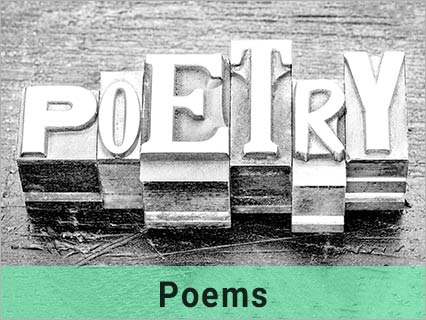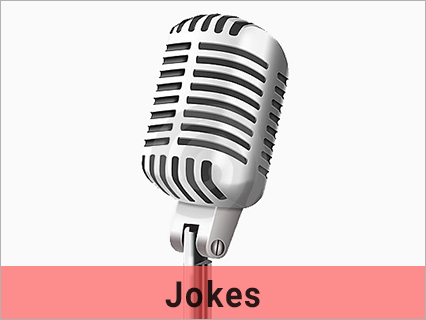Junk letters, scam letters and telling the difference…
19 May 2021
Dear LPG,
I am learning about the internet, but I suppose I am old fashioned, and I still rely on what comes through the front door in the mornings. I remember a time when I only ever received bills and the odd personal letter through the post but, as I have got older, the mail that I receive each morning seems to arrive in larger quantities. I moved in with my daughter about ten years ago and, during those first couple of years I received hardly any mail at all.
But then the odd mini catalogue filtered through and I have to admit to ordering this and that from time to time, but now I receive more mini catalogues than I have time to look through. They do give me something to look at while I have my morning cuppa, especially over the past months, when lockdown has limited liberty and having somewhere to be each morning has become a thing of the past.
Knowing the genuine opportunities, as opposed to the scams, is a science in itself, and I quite enjoy looking at some of the little catalogues and ordering some of the useless items that catch my eye, and I know that the main reason that they send them is because we older people have time to do just that. I suppose that I am like most people, who when they find that the thing they ordered is disappointingly obvious as soon as it arrives, just add it to the collection of stupid things they have ordered rather than go through all the trouble of sending it back, but I have a rule about the maximum amount I am willing to spend on something that I have only ever seen a picture of.
Then there is all the charity mail. It seems to me that the first time you send some money off to a charity as a result of a letter you received, you make the mistake of telling them that you are willing to give and so they keep pestering.
I class those letters as junk even though I like to take a look through them, but then it can all become much more serious than that. We all hear about the people who get scammed, and lose seriously big amounts of their savings, as a result of a seemingly innocent letter that they receive, and while the quantity of letters can appear to be anything from entertaining morning reading to a somewhat annoying necessity, the risk of getting involved in a scam is more worrying. It used to be that all the colourful picture-ridden letters were the ones that you could skip reading, but I have missed one or two which were designed to explain how an existing insurance contract has changed or that I need to renew a subscription by not bothering to open some of those.
I think that it is a shame that some of the seemingly innocent mail that comes through the door can be so potentially harmful, but I recently found a bit of information which gives a few pointers on the subject of how to tell the scam letters from the junk variety because, according to the internet, there appear to be some very basic signs to look out for. I have asked that LPG adds some links to the websites I have found…
CY, Penge
CY shares a few pointers on the subject of what to look for when spotting a letter containing scam mail…







